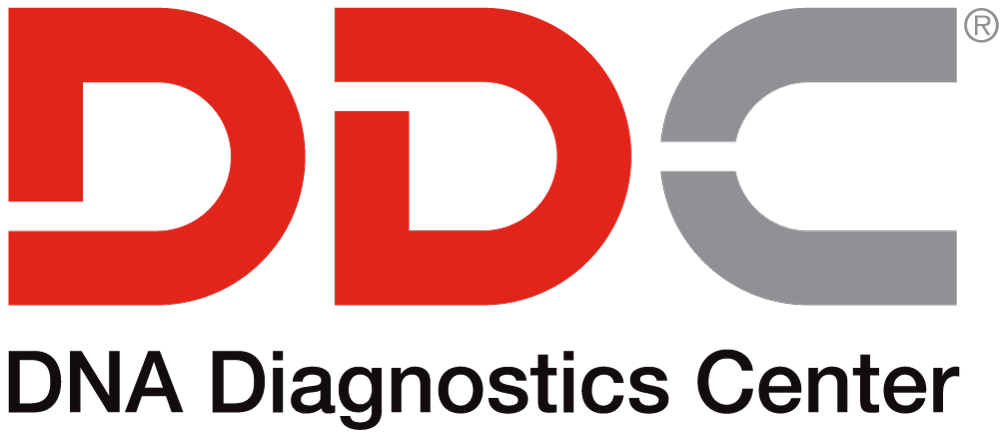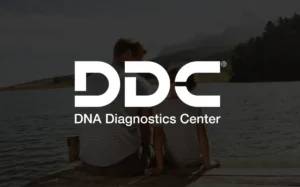APRIL 29, 2024
Getting a DNA Test for Immigration? Learn More About the Process

Immigration to the United States can be an overwhelming process, but relationship testing services provided by DDC can help streamline certain parts of it. Our immigration DNA test is highly accurate and can easily establish proof of a biological relationship between a beneficiary (person outside of the U.S.) and petitioner (family sponsor inside the U.S.).
Here, you will find a step-by-step overview of what to expect when choosing DNA testing for immigration with DDC.
Step 1: Choosing an Immigration DNA Test Provider
Select a reputable provider like DNA Diagnostics Center (DDC) for your immigration DNA test. Ensure the lab has a strong track record, ISO/IEC 17025 and AABB accreditation, and offers excellent customer service. You will undoubtedly have questions, and a reputable provider should be able to guide you through the process seamlessly and offer collection options that meet your needs.
Step 2: Ordering Your Immigration DNA Test
To begin, contact DDC to discuss your situation and learn about the best testing options for your specific situation. DDC can utilize many different biological relationships for immigration DNA testing, including:
- Sibling Relationships
- Maternal Relationships
- Paternal Relationships
- And More
Step 3: Sample Collection
After submitting paperwork from the government agency requesting DNA testing (typically USCIS), DDC will help schedule your DNA collection appointments. All aspects of DNA sample collection must follow AABB standards for immigration DNA testing. This method ensures that DNA samples cannot be tampered with and that the tested parties’ identities are verified.
The AABB’s Process for Immigration DNA Testing
- DDC schedules the petitioner’s DNA collection appointment in the USA.
- The petitioner’s DNA sample is collected via a painless cheek swab.
- DDC ships a DNA collection kit to the U.S. embassy/immigration office in the beneficiary’s home country.
- The embassy/immigration office collects the beneficiary’s DNA sample (via cheek swab) and ships the samples back to DDC.
- Once testing is complete, we send the legally defensible (chain of custody) test results and a clear explanation of the results to the proper immigration authorities and the U.S. petitioner.
*The time necessary to complete the overseas DNA collection process from start to finish can range from days to months, depending on the beneficiary’s country of origin. Some countries may lack the necessary infrastructure for expedited results. Unfortunately, we cannot control this.
Step 4: Receiving Your Test Results
Once DNA samples arrive at the lab, your relationship test results will be completed in as few as two business days and reviewed by our in-house Ph.D. team. After review, a technician will prepare your results report. DDC will send the legally defensible (chain of custody) results to the requesting immigration office and the beneficiary living in the U.S.
You will receive an email notification as soon as your results are ready. The email will provide you with a link prompting you to log in to a secure portal to view and download your results. Your results are completely confidential, and your private genetic information is never shared with or sold to outside parties. View privacy policy.
Step 5: Understanding Your Immigration DNA Test Results
Your immigration test results will display the names of all tested parties. When you review your results, there are a few key areas to note:
- Combined Relationship Index
- Probability of Relationship Percentage
- The Conclusion Sentence
About DNA Diagnostics Center (DDC)
DNA Diagnostic Center is the world leader in paternity and relationship testing. We serve healthcare professionals, government agencies, and individuals around the world to determine family relationships with trusted accuracy.
More Questions? Don’t hesitate to call us: we’re here to help!
CALL NOW




